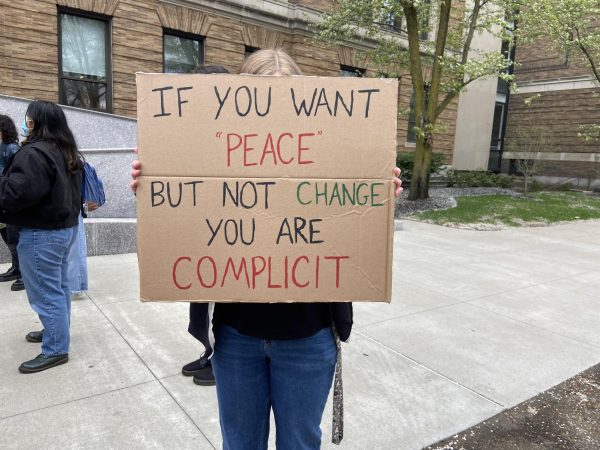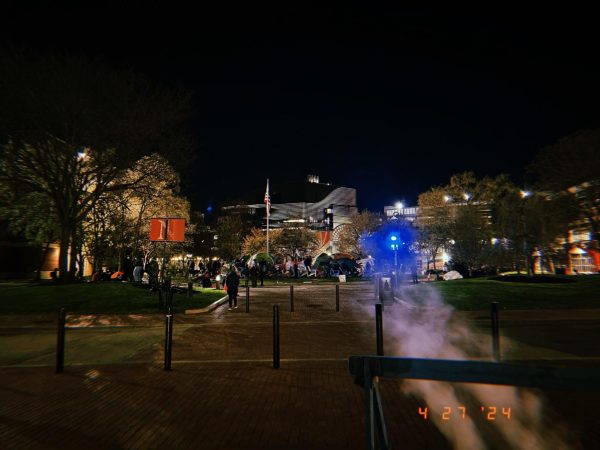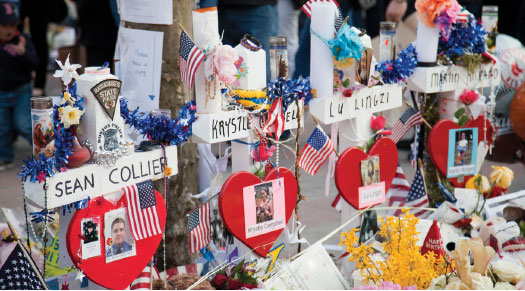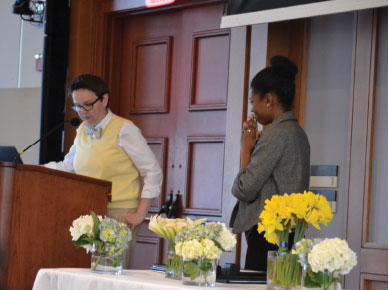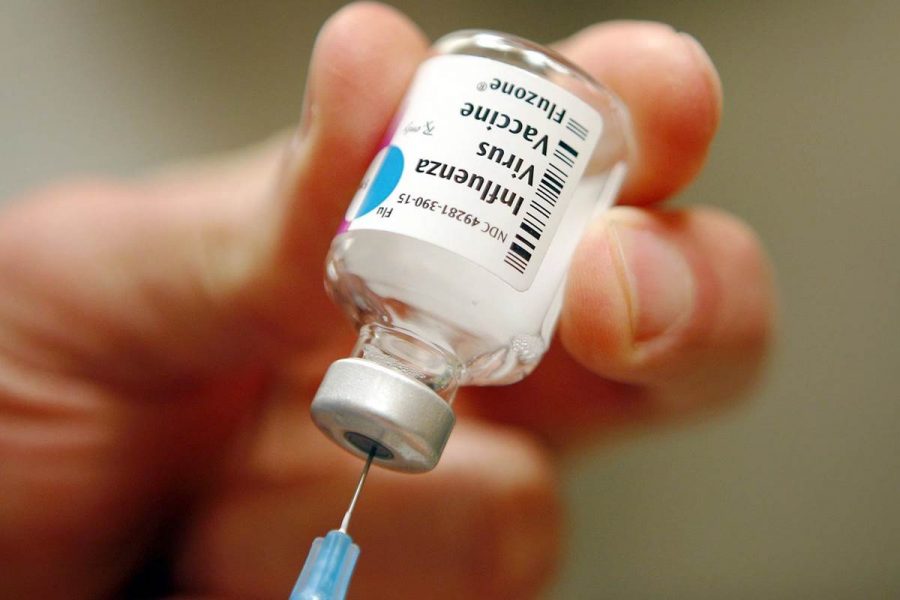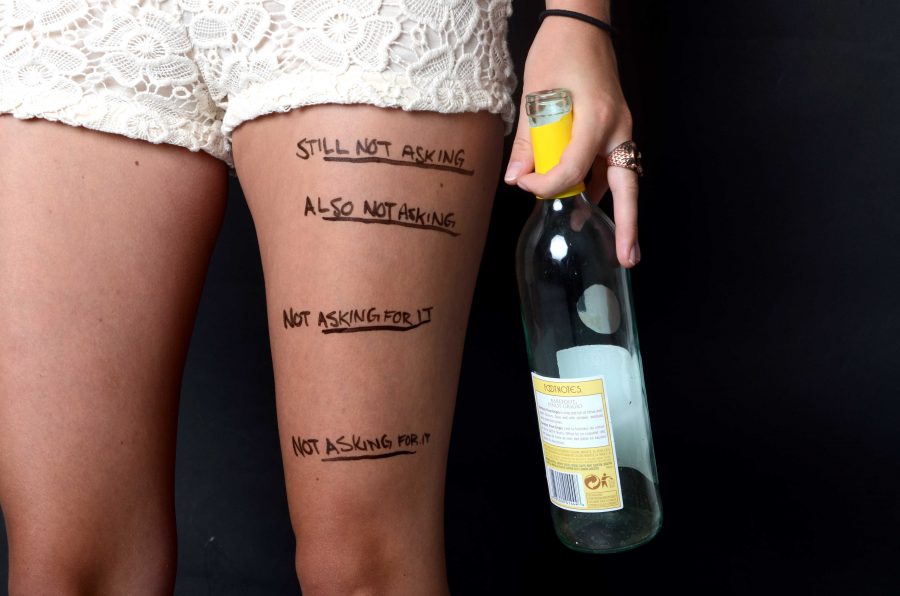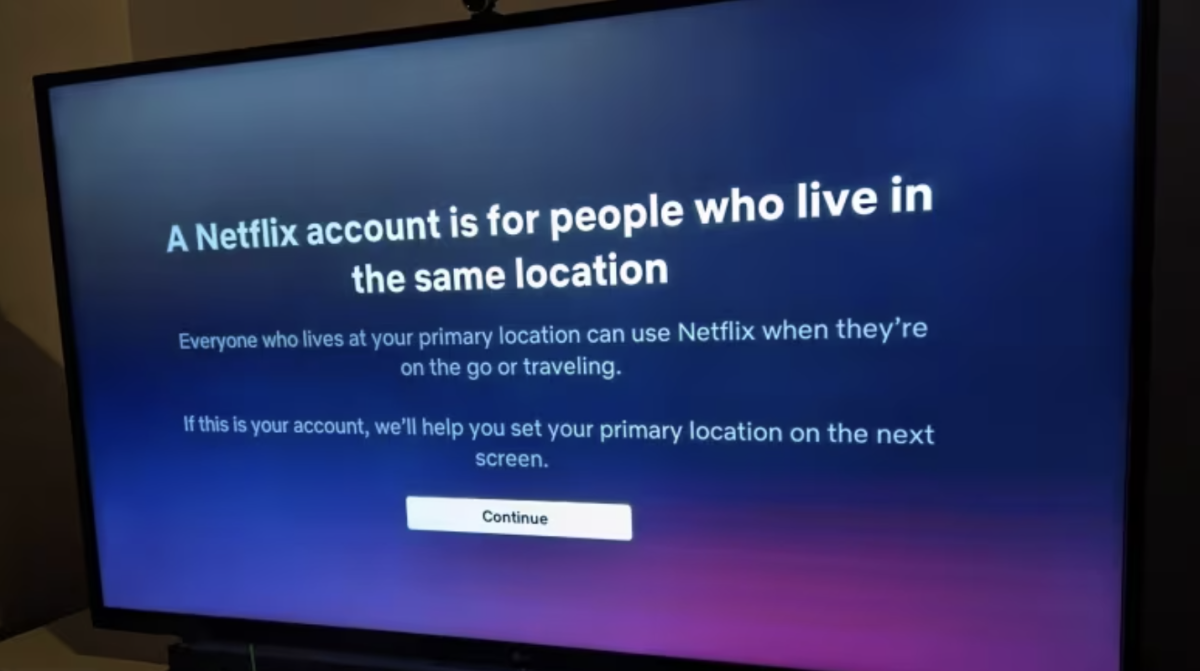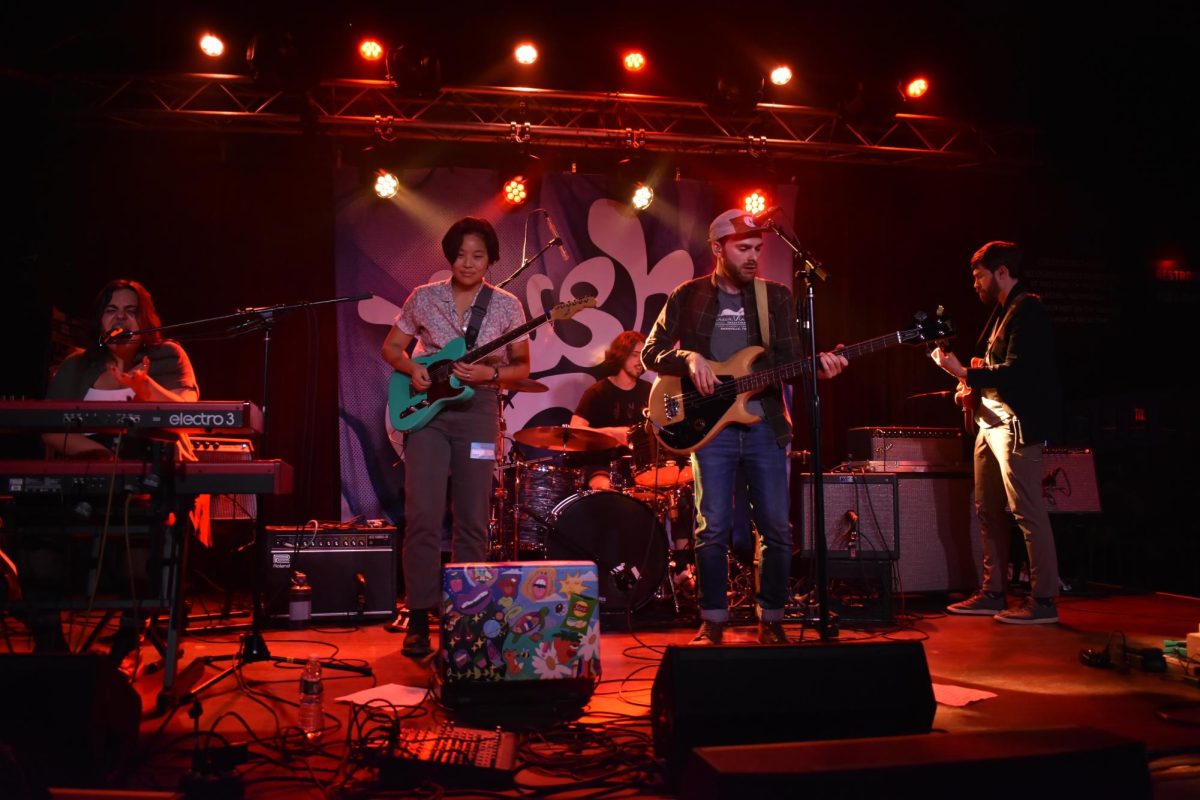By Sherry Seibel
Contributing Writer
The massive burst of school shootings in January is spurring heavy debates over gun regulation. The discussions are justified: the first 28 days of 2014 yielded 11 school shootings, leaving two dead and 11 wounded. Americans want answers, and Americans want someone or something to blame for the anguish caused by senseless deaths.
Will tighter gun regulations stop the shootings? There are three factors to examine. The first is statistics: how many deaths do guns cause? The second is the media: how does it represent these incidents? The third is tighter regulation: how should the country proceed?
It is important to walk into any serious debate with as many researched facts as possible. The Federal Bureau of Investigation reports 1,246,248 violent crimes in 2010, with 14,748 resulting in homicides. Guns were responsible for 8,775 of those deaths, just 236 of which were classified as justifiable. The data do not include how many times the presence of guns deflected crimes.
The data also exclude gun-related suicides, but the Centers for Disease Control and Prevention reports 38,364 self-inflicted mortalities, with 19,392 deaths resulting from guns. It is clear that guns result in more than twice the number of suicides than homicides.
When asked the reason for owning guns, an October 2013 Gallup poll showed the top five reasons as 60 percent for personal safety, 36 percent for hunting, 13 percent for recreation/sport, 8 percent for target shooting, 5 percent because it’s their second amendment right (*the numbers exceed 100 percent because more than one response was allowed.)
Media is a double-edged sword. With today’s technology, information can spread rapidly to diverse populations. Yet journalists struggle to report accurate and important stories, and owners of news outlets struggle to keep news entertaining and marketable. As a result, when an outrageous story shows up with the ability to emotionally impact and influence millions, news outlets grab it. This can result in dire consequences. With just 6 companies (GE, WB, CBS, Disney, News-Corp, and Viacom) owning 90% of all United States news outlets, news diversity is also a problem.
A landmark 1974 study by David Phillips analyzed the media’s effect on viewers. He concluded that the more publicity a suicide received, the more suicides followed. The suicides were localized to where the news broke. The ramifications of a nationwide story could be catastrophic.
A parallel can be drawn between suicides and school shootings. In a widely-published article on the prevalence of school shootings by in 2012, Grenny states:
“[The media] did exactly what was needed to influence the next perpetrator to lock and load. They named the shooter, they described his characteristics, they detailed the crime, they numbered the victims, they ranked him against other ‘successful’ attackers.”
Given the current trend, it’s possible that sharing those shootings in the news equates to metaphorically handing the next offender a gun.
What now? While America has the most guns per person in the world, taking guns away entirely is neither feasible nor sensible. If drastic measures were taken either by forcibly removing guns or disallowing their purchase, the opposite objective would probably occur. Owning a gun today is as simple as downloading the correct blueprints for a 3D printer. If the public felt unable to physically protect themselves, chaos would ensue. This is especially worth noting because a majority of gun owners have guns specifically for protection.
A good historical example of government banning gone wrong is Prohibition. When Prohibition struck America, alcohol consumption and crime initially plummeted. Archives.gov documents the immediate years following the change, and reveals a spike in both alcohol consumption and crime that exceeded the original statistics preceding the amended law. Once Prohibition was retracted, both factors significantly declined and stabilized.
More recently, decriminalizing another controversial substance has been improving domestic peace. California was the first state to decriminalize marijuana for medical purposes in 1996. The Center on Juvenile and Criminal Justice based in San Francisco reported a 16 percent drop in violent crime between the years 2010 and 2011. They credit this to Governor Arnold Schwarzenegger’s bill that changed possession of marijuana from a misdemeanor to an infraction.
Rather than banning guns, the most logical way to decrease gun-related crime and stop school shootings would be to end nation-wide media coverage on the topic, and to report it on a local level, if at all. As most gun-related deaths are suicides, psychological screening is also imperative to gun safety. Gun handling classes should be mandatory, and properly securing privately owned weapons should be enforced.




